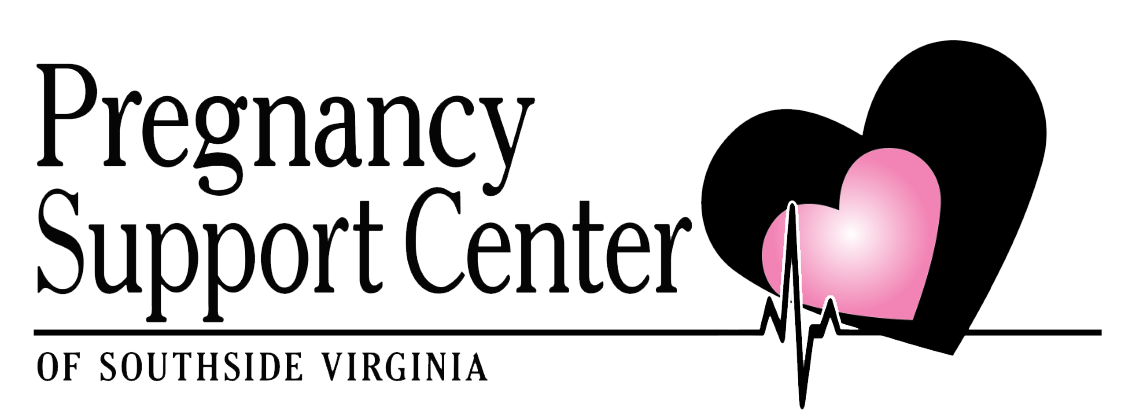If you are unexpectedly pregnant, it’s understandable that you may have a lot on your mind. Perhaps you are considering abortion—no matter what you decide, make sure you take the time to find out the facts.
Abortion is a serious medical procedure, and you deserve to have all the information before you make a decision. There are several different types of abortion, each with their own associated risks and details.
What is Medical Abortion?
Medical or medication abortion, also known as the abortion pill, is actually a two-step process involving two distinct medications. This method of abortion is approved by the FDA for the termination of early pregnancies, up to 10 weeks gestation.
The abortion pill terminates a pregnancy through a series of two doses. The first pill, mifepristone (sometimes known by its name brand, Mifeprex) causes the pregnancy to detach from the uterus and keeps the pregnancy from progressing or growing. Then, the second dose, misoprostol, taken several hours or sometimes a day later, causes the uterus to contract, expelling the pregnancy and remaining tissue through the vagina.
What Are the Risks of Medical Abortion?
Though taking a couple of pills may seem easy and uncomplicated, taking the abortion pill is still a serious medical undertaking that has associated risks and potential medical complications. The Mayo Clinic lists the following as potential physical risks of the abortion pill:
- Incomplete abortion, which may need to be followed by surgical abortion
- An ongoing unwanted pregnancy if the procedure doesn’t work
- Heavy and prolonged bleeding
- Infection
- Fever
- Digestive system discomfort
It is also worth noting that taking the abortion pill without seeing a medical professional to confirm your pregnancy may put you at further risk. For instance, if your pregnancy is farther along than you think and past 10 weeks, you may be at risk for an incomplete abortion. You may also be unaware of other medical complications such as ectopic pregnancy.
What is Surgical Abortion?
Typically used for the termination of later pregnancies, surgical abortion is an in-clinic procedure performed by a physician or abortion provider. One of the common methods of surgical abortion is a procedure known as dilation & curettage (D&C).
In this procedure, the doctor or provider first uses medication or medical instruments to “dilate” or open the cervix. Following this, medical instruments such as a tool known as a “curette” are used to scrape or lightly suction the fetus and uterine tissue from the uterus, ending the pregnancy.
Often some form of sedation is used in these procedures. Due to this and the more serious list of associated risks, surgical abortion procedures typically have a higher monetary cost.
What Are the Risks of Surgical Abortion?
The Mayo Clinic considers the following as potential physical risks of surgical abortion procedures:
- Perforation (tearing or puncture) of the uterus
- Damage to the cervix
- Scar tissue on the uterine wall
- Infection
- Excessive bleeding
- Dizziness or fever
- Severe cramping
How Do I Know What Choice is Best for Me?
We understand navigating a pregnancy decision, especially an unexpected pregnancy, is difficult. The best first step you can take is to receive caring, in-person care through an ultrasound exam. You have options.
An ultrasound can answer important questions about your unique medical needs, such as how far along you are in pregnancy and whether other complicating factors like ectopic pregnancy may be a concern for you.
At the Pregnancy Support Center, our caring medical staff would be honored to assist you by providing pregnancy confirmation and an ultrasound at no cost to you. Schedule your free appointment today — we’re here to help.


